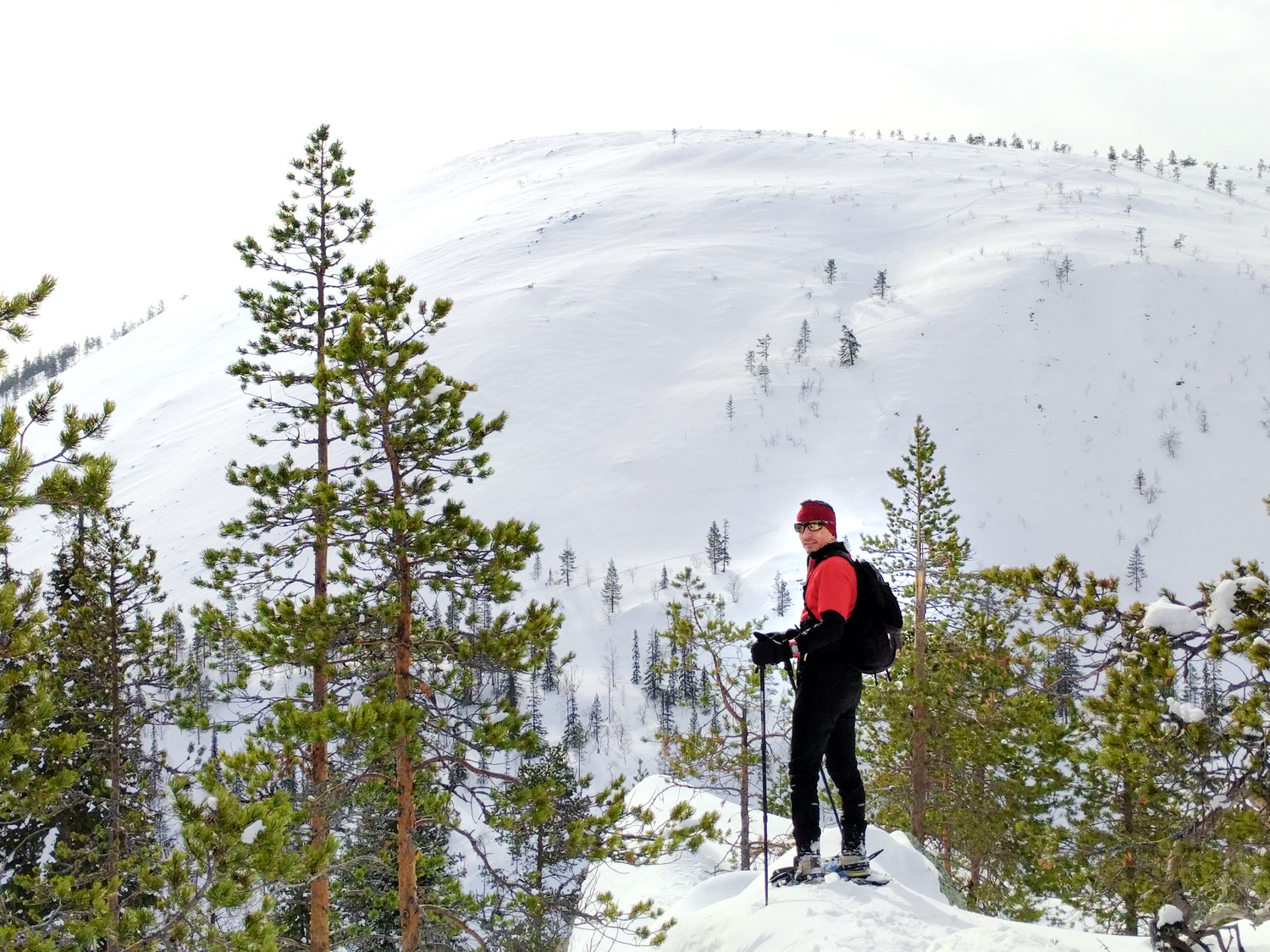Sustainability: PhotoDeck and the environment
 By JF Maion, PhotoDeck founder
By JF Maion, PhotoDeck founder
Sustainability can mean different things. In the case of PhotoDeck, it’s mostly about the environmental impact, so this is what this page is about.
Being friendly to the environment isn’t only important for PhotoDeck as a modern, responsible company. It’s also something very personal.
I tend to spend my holidays hiking in mountains or cross-country skiing in the northernmost corners of Europe. I’m also an amateur landscape photographer, and it’s all about the beauty of our natural world. I’m no activist (I travel by plane when there’s no reasonable alternative), but the environment is close to my heart.
What is PhotoDeck’s environmental impact?
Online services like PhotoDeck may seem lightweight on the environment, only pushing virtual bits over the Internet. But did you know that overall the Information and Communication Technology sector emits about as much CO2 as the aviation industry?
The single largest contributors to PhotoDeck’s environmental footprint (we don’t look only at the carbon footprint) are the servers and networks PhotoDeck runs on. We use cloud storage provided mostly by Amazon Web Services (AWS), and dedicated servers in data centers run by OVH.
Both the servers and the networks require electricity, and energy consumption is probably our largest drain on the environment. Amazon and OVH being very large companies subject to a lot of scrutiny, they work hard on reducing their own footprint. For example, they both target to use only renewable energies by 2025, and most of it is currently (2022) already renewable.

But it’s not only about energy.
We don’t agree with politicians saying that everybody should dump their car and buy a new, electric, one - they seem to ignore the huge environmental cost of building cars, not mentioning the long-term issues with lithium-powered batteries. Similarly, building servers and infrastructure has a large impact: mining rare metals and other resources to create electronics is expensive to the environment (and sustainability here also includes human aspects like workers rights as well as geopolitics).
Then, there’s also the cost of continuously cooling all the equipment that, in our case, processes and transmits files and website pages.
Amazon communicates about their efforts to optimize energy and cooling, and OVH also tracks components recycling.
What does PhotoDeck do to minimize its environmental footprint?
We clearly have little control over how AWS and OVH run the services they provide us with, but we believe they are going in the right direction. In their positions, they don’t really have a choice anyway.
What we do control is how we use these resources - this has a very large impact. And we think we’re doing very well here. Over the years, we have been able to ensure the software code we use stays concise and very efficient, where everything is optimized and as little processing power is wasted as possible. That’s also why PhotoDeck is so fast, significantly faster than such online services normally are.
“Green coding”, i.e. the practice of building software that run as efficiently as possible, has only recently become a hot buzzword, but it’s something that has been actively implemented for over ten years in the software PhotoDeck is based on.
It also means we don’t have to frequently add servers or upgrade to new ones, and that helps maximizing the lifespan of these precious electronic components.
Another example of our approach is that we don’t offer unlimited storage, although it is a commercial disadvantage. Nothing is unlimited in nature. Even files that are “just stored” and stay unused consume both energy and electronic components, so it’s important to avoid waste here too. Unlimited storage is like a water bill that is not directly based on your personal consumption (something now banned in many countries): it promotes unhealthy excesses.
We’ve also been a remote work company since our beginnings, here too pioneering a societal behavioral shift. We don’t have offices to heat in winter, we don’t use energy to commute to our offices, etc… Long-distance travel is also kept to a minimum, we don’t fly people around for company parties (we’re geeks who prefer to go cycling, anyway).
Is that enough?
Nobody’s perfect. We are not sustainability experts and therefore might underestimate the impact of some aspects of our operation. We’re a small business and have to trust our infrastructure providers with what they tell us.
But we truly believe our approach is the right one, and we keep our eyes and ears open. We’ll be happy to to discuss any environmental concern!